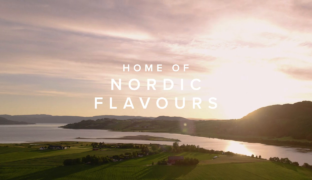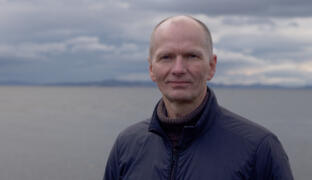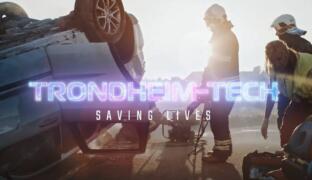Carbon capture and storage | The hunt for the dangerous gas
The evil ‘climate genie’ is threatening the world as we know it. Mona Jacobsen Mølnvik has to catch him before it’s too late. Sintef’s Research Director is heading up work on carbon capture and storage (CCS) in Trondheim. The city is an international hub for efforts to develop a technology to “bottle” greenhouse gases. The EU has named Trondheim the CCS capital of Europe, which would appear logical since it was two researchers at none other than Sintef who came up with the idea of capturing CO2 and storing the gas deep under the seabed. More than 30 years later, in laboratories and research centres, a quiet but dramatic race against time is underway. Now it’s a question of making the method effective and cheap enough to roll out on a large scale, before climate change spirals dangerously out of control.
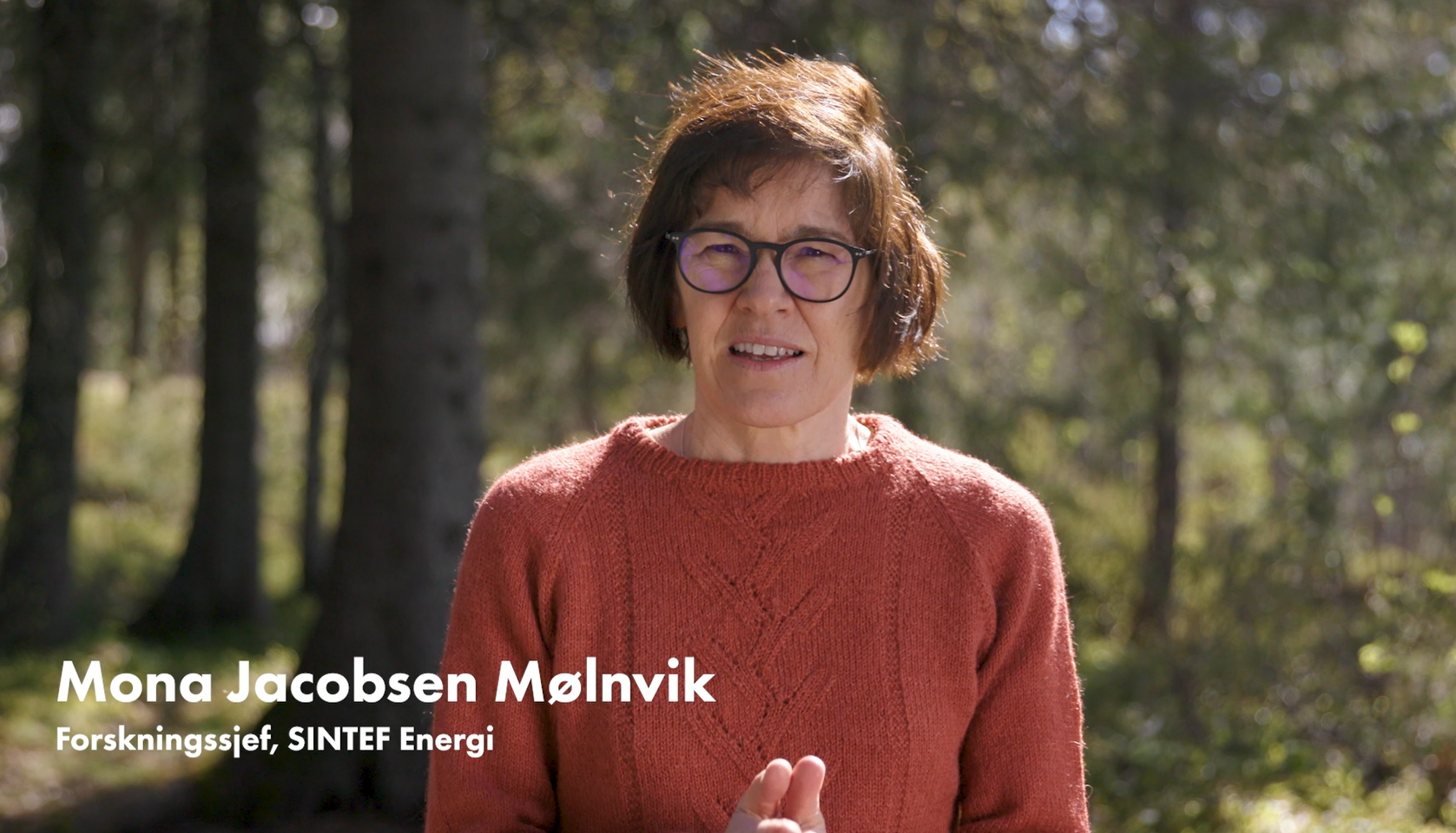
Solar and wind power not enough According to the UN Panel on Climate Change, CCS looks here to stay. The majority of studies show that capture and storage are necessary to achieve the goal of limiting global temperature rise to under two degrees. In other words, electric vehicles, wind turbines and solar panels will not be enough. We must also capture industrial and commercial emissions, which will certainly continue for decades to come.
To put it more bluntly: Without CCS, there is a risk of food shortages, economic collapse, mass refugee displacement, war and conflicts. While some issues will require political solutions due to the costs involved, knowledge and technology will be central. Mona Jacobsen Mølnvik and her team are perfecting CCS so it can be used in large-scale trials in Norway. The plan is to capture CO2 from concrete manufacturer Norcem Brevik and Fortum’s waste-to-energy plant in Oslo, then ship the gas out to sea off Western Norway and store it for all eternity deep under the seabed. This has the potential to become the model that spreads CCS to all corners of the world. Read more about the project
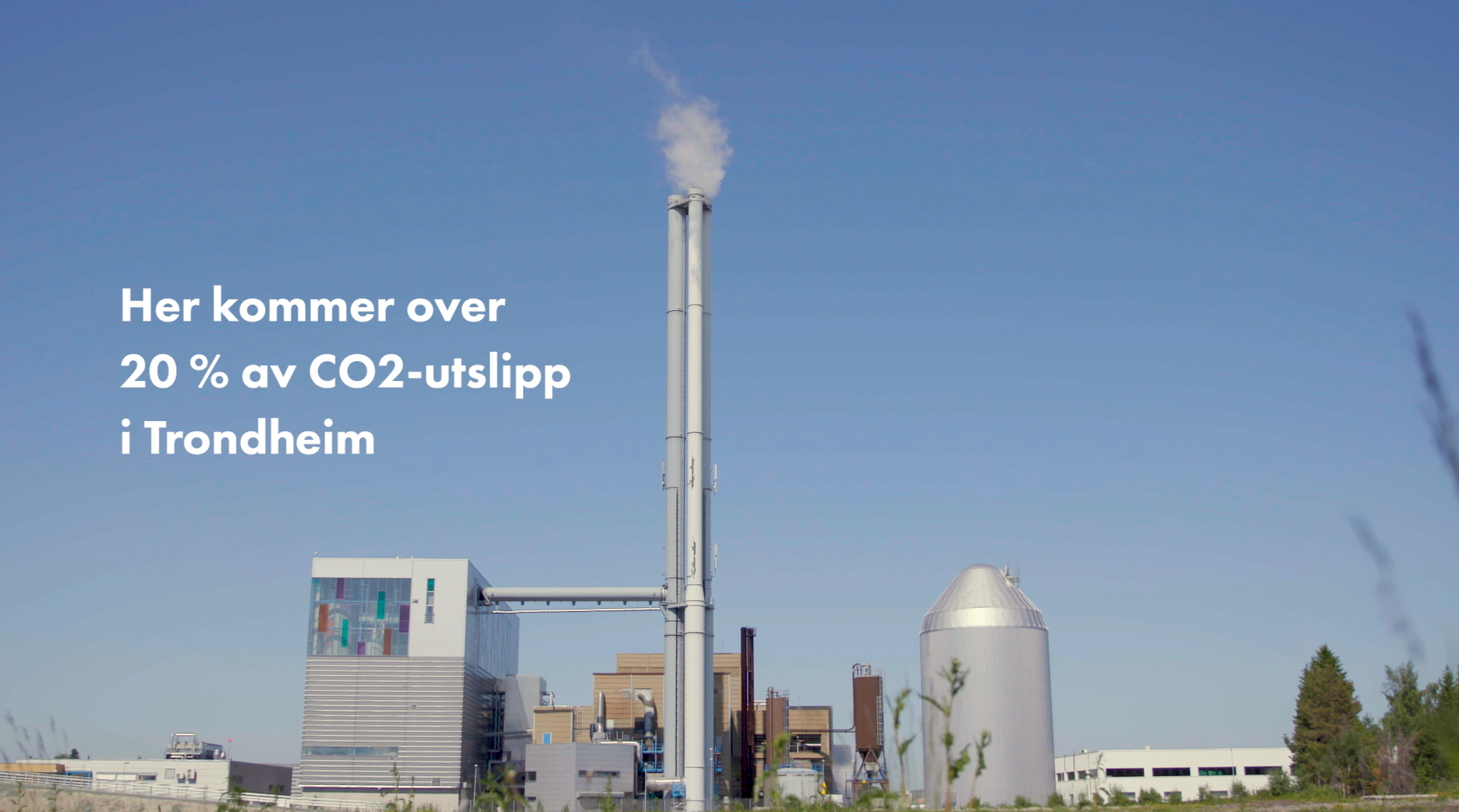
Capturing the gas from Heimdal Statkraft Varmes’s incineration plant at Heimdal is responsible for 20 per cent of emissions in Trondheim. The City of Trondheim has set a goal of reducing CO2 emissions by 80 per cent by 2030, compared with 1991 levels. This will not be possible without capturing the greenhouse gases from the Heimdal plant, which correspond to emissions from around 50,000 cars.
If Mona Jacobsen Mølnvik and her team are successful, they will not only be helping to create a safer world, but they may also help create many new jobs in Norway. It is estimated that CCS will create around 30,000 new jobs if the technology becomes widely used.
CO2 capture may seem tremendously expensive in the short term, but it appears to be both necessary and extremely profitable in the long run. With Trondheim as a powerhouse of innovation, Norway can become a leading supplier of the very knowledge and technology that the whole world will soon need.
Tilbake til forsiden